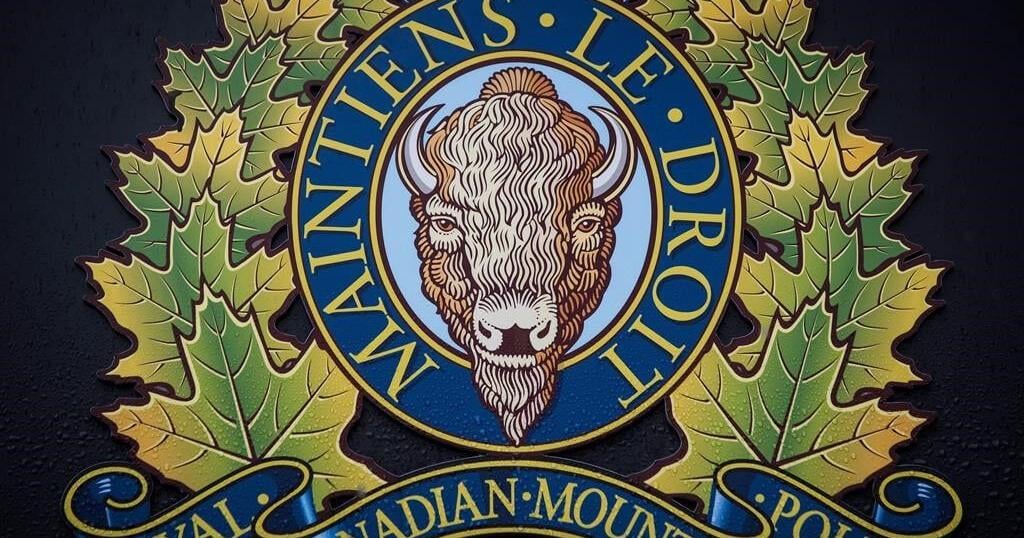Gender equality in Canada is a core national value, but achieving it requires more than simply addressing the gaps between men and women. People experience different barriers based on many elements of their identities, including their sexuality, race, gender identity, ability, and age. Therefore, pursuing true equality means recognizing and meeting the diverse needs of all people. The Canadian Women’s Foundation practices an intersectional approach to feminism, aiming to understand the many ways in which different women are affected by barriers and discrimination that go beyond their gender alone.
An intersectional lens reveals that some women are at higher risk of gender-based violence, have fewer economic opportunities, and face a more significant gender wage gap. These inequalities persist not because these women are not “trying hard enough,” but due to systemic discrimination intertwined with their identities, including race, class, and ability.
The term intersectionality was coined in 1989 by Kimberlé Crenshaw, an American legal scholar and civil rights activist, to explain how race and gender intersect to produce unique barriers for Black women. Crenshaw used the metaphor of a traffic intersection to illustrate how discrimination can come from multiple directions, making it difficult to identify a single cause. Similarly, Black women face discrimination due to a combination of both racism and sexism.
Crenshaw and other Black women scholars and activists highlighted that mainstream feminism often overlooked the unique challenges faced by Black women. They used the concept of intersectionality to address this oversight, emphasizing the need to consider multiple forms of discrimination in feminist discourse. Over time, intersectionality expanded to encompass the overlapping impacts of discrimination based on factors such as race, physical ability, ethnicity, nationality, and socio-economic status.
Intersectionality is crucial for understanding the diverse challenges that women face, particularly in areas such as gender-based violence and poverty. For example, the issue of missing and murdered Indigenous women and girls in Canada is a tragic example of how intersecting barriers, such as the legacy of colonization, residential schools, and marginalizing policies, impact women’s safety and well-being. Indigenous women face higher rates of poverty, unstable housing, and gender-based violence, all of which contribute to their vulnerability.
Statistics show that Indigenous women in Canada are six times more likely to be killed than non-Indigenous women. The final report of the National Inquiry into Missing and Murdered Indigenous Women and Girls described this violence as a form of genocide and called for an intersectional approach to address the systemic racism and colonialism that contributed to these tragedies. Other groups of women, such as women with disabilities, young women, and women in low-income situations, also face disproportionately higher risks of gender-based violence.
Similarly, when it comes to women’s earnings and financial stability, certain groups face higher rates of poverty and larger wage gaps. For example, 30% of single mothers and 23% of women with disabilities live on a low income in Canada. Racialized women and Indigenous women working full-time jobs earn significantly less than their non-racialized male counterparts. An intersectional approach is necessary to address these economic inequalities and to develop policies that work for all women.
Advancing gender equality requires robust funding and support for intersectional feminist movements. From 2005 to 2015, Canada’s gender equality movement stalled due to a lack of government funding, with more than 30 women’s organizations losing 100% of their funding. However, since 2015, there have been renewed efforts to address gender inequality through initiatives like the Gender Equality Policy, the National Inquiry into Missing and Murdered Indigenous Women and Girls, and movements led by diverse women, such as Idle No More and Black Lives Matter.
Despite these advancements, some gender equality movements have faced criticism for failing to fully embrace intersectionality. For example, the #MeToo movement was critiqued for focusing on high-profile cases of sexual assault while neglecting the experiences of marginalized women with fewer resources. Similarly, some women’s marches have been critiqued for a lack of inclusivity and representation of diverse voices.
Intersectionality is essential for legal systems and governments to fulfill their responsibilities to the public. Data diversity, including race-based data, is a key tool for changing policies and systems to better serve marginalized populations. For example, the Ontario Human Rights Commission has recommended race-based data to measure and reduce racial profiling in police traffic stops. Similarly, Statistics Canada has begun collecting more diverse data through its Gender, Diversity, and Inclusion Department to help policy-makers understand the intersecting barriers that different groups face.
At the provincial level, the Ontario Human Rights Commission applies an intersectional approach to multiple grounds complaints, recognizing that discrimination often occurs at the intersection of race, gender, and other identity factors. The federal government has also committed to incorporating Gender-Based Analysis Plus (GBA+) into its policy- and decision-making processes, recognizing the importance of analyzing the impact of policies on different groups of people based on multiple identity factors.
Being an intersectional feminist ally means advocating for inclusion and diversity, as well as supporting women who face barriers and discrimination that you may not encounter yourself. This can involve using inclusive language, analyzing the diversity of representation in your daily life, and listening to the experiences of people with multiple identities. Intersectionality can also be applied to services, programs, and projects by recognizing the intersecting barriers that different communities face and working to reduce those barriers through inclusive policies and practices.
Intersectionality is a powerful framework for understanding the complex and interconnected forms of discrimination that diverse groups of women face. By applying an intersectional lens to gender equality efforts, Canada can work toward more effective and inclusive policies that address the needs of all women, regardless of their race, ability, or socio-economic status. The road to true gender equality requires a collective effort to dismantle systemic barriers and build a more equitable and just society for all.
Related


































